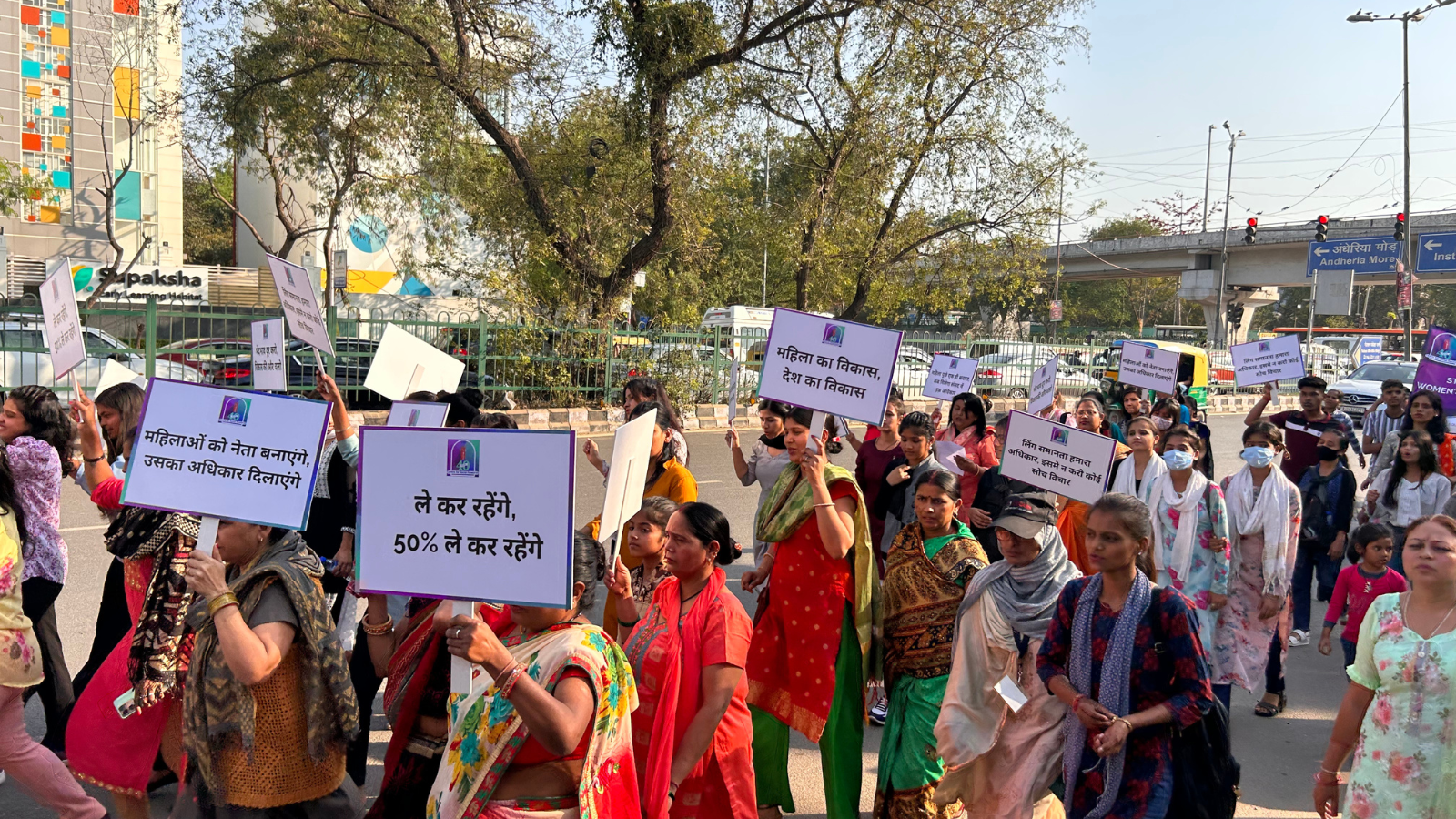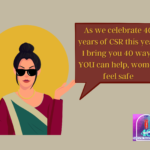Over the past few decades, there have been significant strides made towards gender equality in many parts of the world. Women have gained greater access to education, healthcare, and political representation, and have been able to achieve greater economic independence and empowerment.
In countries like the United States and many Western European nations, women have made great strides towards achieving gender equality. Women in these countries now make up a significant portion of the workforce, and they have gained greater access to education and professional opportunities. Women have also made significant gains in political representation, with more women holding positions of power in government than ever before.
Women In India have made significant progress although there is still a long way to go to achieve gender equality. Some of the notable progress made by India in empowering women include:
Women’s representation in politics has increased significantly in India, with the reservation of seats for women in local bodies, and the 73rd and 74th Constitutional Amendments. Women now hold important positions in the government, The literacy rate among women in India has improved significantly in recent years. According to the latest census data, the literacy rate among women has increased from 54% in 2001 to 70.3% in 2011. Women are now seen in various fields, including science, technology, and entrepreneurship. The government has launched various schemes to promote women’s entrepreneurship and provide financial assistance to women entrepreneurs.
Many schemes have been launched and several initiatives taken to address issues such as maternal mortality and nutrition. However Women’s Safety is the biggest challenge and several measures to improve women’s safety, including setting up dedicated helplines, launching campaigns to raise awareness about women’s safety, and setting up of one stop Sakhi center are not proving to be sufficient for safety and cases of violence against women are rising.
Despite these achievements, gender inequality remains a significant issue in India and we have a long way to go.
However, despite these gains, there are still many parts of the world where women face ongoing struggles for gender equality. In countries like Iran and Afghanistan, women continue to face significant challenges in terms of access to education, healthcare, and political representation. Women in these countries are often subjected to discrimination and violence, and they are frequently denied basic human rights.
In Iran, for example, women are required to wear the hijab in public, and they are often subjected to harassment and violence if they do not comply with these laws. Women in Iran are also subject to discrimination in employment, and they have limited opportunities for education and professional development.
Similarly, in Afghanistan, women have faced significant challenges in recent years as the Taliban has regained power in the country. The Taliban’s strict interpretation of Islamic law often results in the oppression of women, who are frequently denied access to education and healthcare, and are subjected to violence and discrimination.
Despite these ongoing struggles, there is hope that progress can be made towards achieving greater gender equality in these and other parts of the world. International organizations and grassroots activists are working to promote women’s rights and empower women to take greater control over their own lives. By raising awareness of these issues and working to create more equitable and inclusive societies, we can help ensure that women everywhere have the opportunity to live full and meaningful lives, free from discrimination and oppression.





